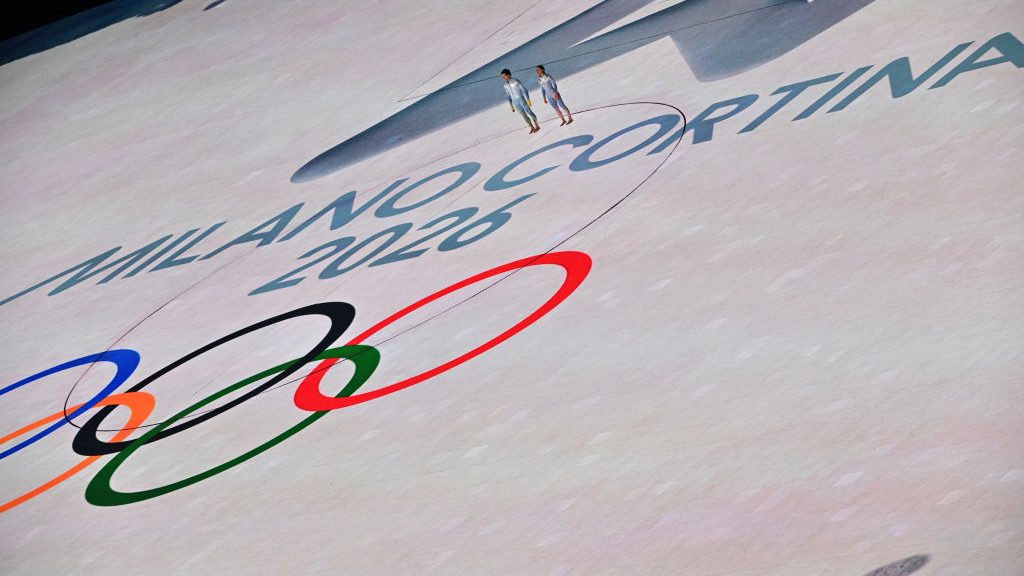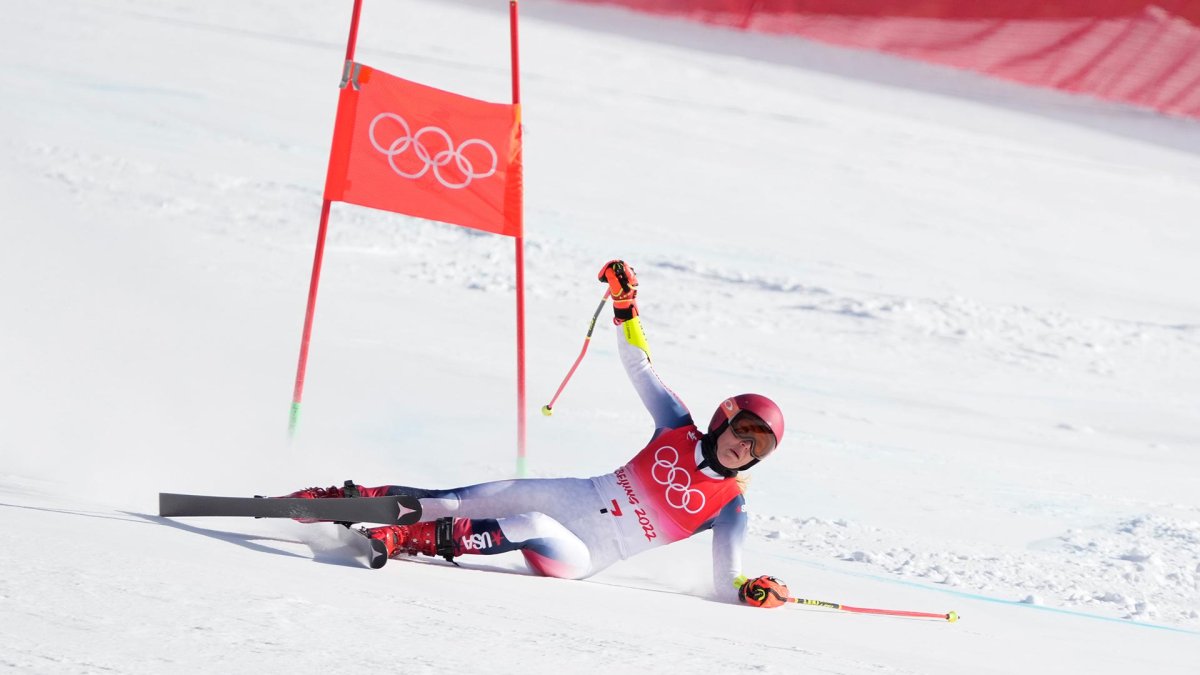
Eight events have been added to the program for the 2026 Winter Olympics in Milan and Cortina d’Ampezzo, Italy.
Ski mountaineering, a new sport added to the 2026 program last year, will have a men’s sprint, women’s sprint and a mixed-gender relay.
New events in existing sports include men’s and women’s dual moguls in freestyle skiing, breaking up the open luge doubles event (where only men have competed) into men’s doubles and women’s doubles, a mixed-gender skeleton team event and a women’s large hill event in ski jumping to match the men’s ski jumping program.
The Alpine skiing team event, which debuted at the 2018 PyeongChang Winter Games, has been cut. Also in Alpine skiing, the combined events are being included provisionally on the 2026 program and are subject to further review with a final decision no later than April.
On the Alpine World Cup, there were no combined events either of the last two seasons and there are none planned this upcoming season. The combined is still on the biennial world championships program.
The IOC said that Nordic combined is in a “very concerning situation” for staying on the Olympic program beyond 2026.
The IOC said Nordic combined “had by far the lowest audience numbers” over the last three Olympics. It noted that the 27 medals won in the sport among 2014, 2018 and 2022 were spread across “only” four nations.
Its inclusion in the 2030 Winter Olympics depends on significant developments in global participation and audience.
Nordic combined is the lone Olympic sport without female representation.
The International Ski Federation (FIS) began holding women’s Nordic combined World Cups in December 2020. A women’s event debuted at the world championships in February 2021. FIS hoped it would help lead to 2026 Winter Olympic inclusion.
The IOC chose not to add a women’s event for 2026, citing having “only one world championship to date” that had 10 nations represented and the medals won by one nation (Norway). Karl Stoss, chair of the IOC Olympic program commission, said those numbers do not meet universality criteria.
Nordic combined officials believed that their sport was in danger of being dropped from the Olympic program if the IOC opted against adding a women’s event.
The decisive argument for keeping men’s Nordic combined on the 2026 program without a women’s event was the proximity — male athletes are already preparing for the Games.
Men’s events in Nordic combined, which includes ski jumping and cross-country skiing, have been on the program since the first Winter Games in 1924 in Chamonix, France.
The IOC said the overall event changes will make 2026 the most gender-balanced Winter Games in history, upping female participation from 45.4 percent in 2022 to 47 percent.
Due to event quota changes, the overall number of athletes is expected to remain around 2,900.
ON HER TURF: Women’s Nordic combined shut out of 2026
OlympicTalk is on Apple News. Favorite us!






